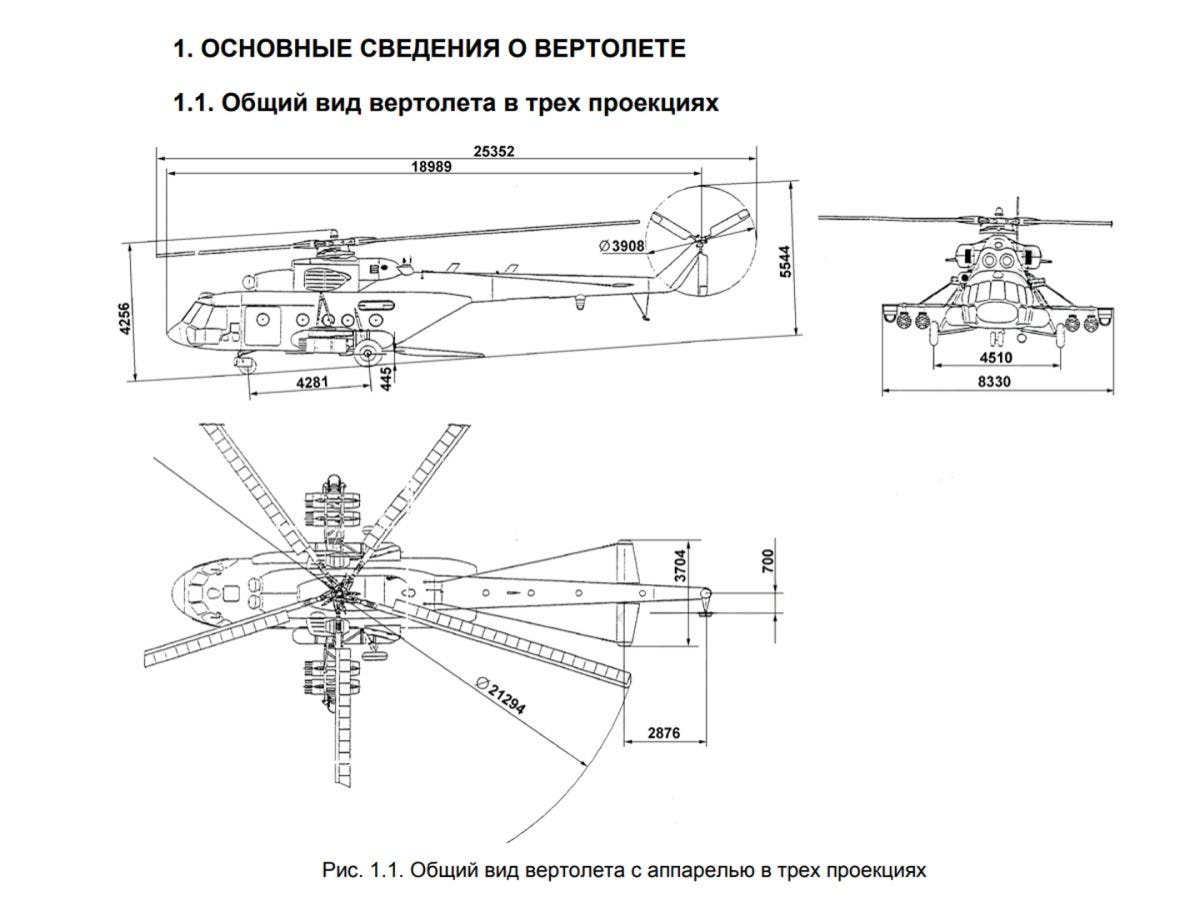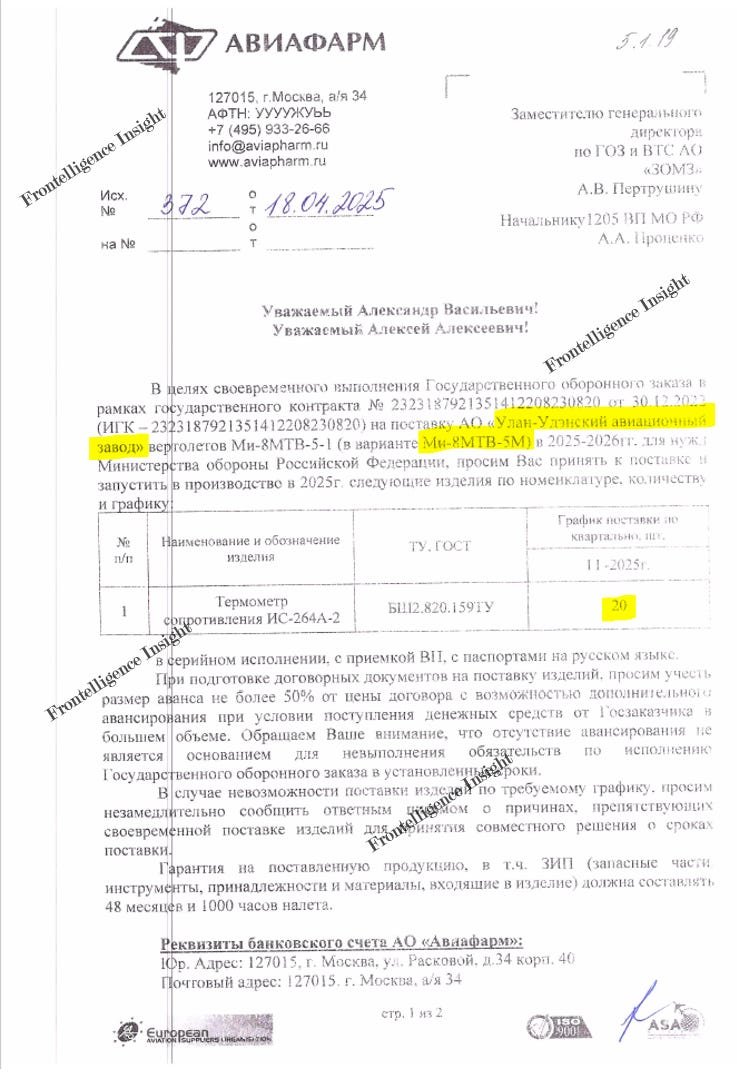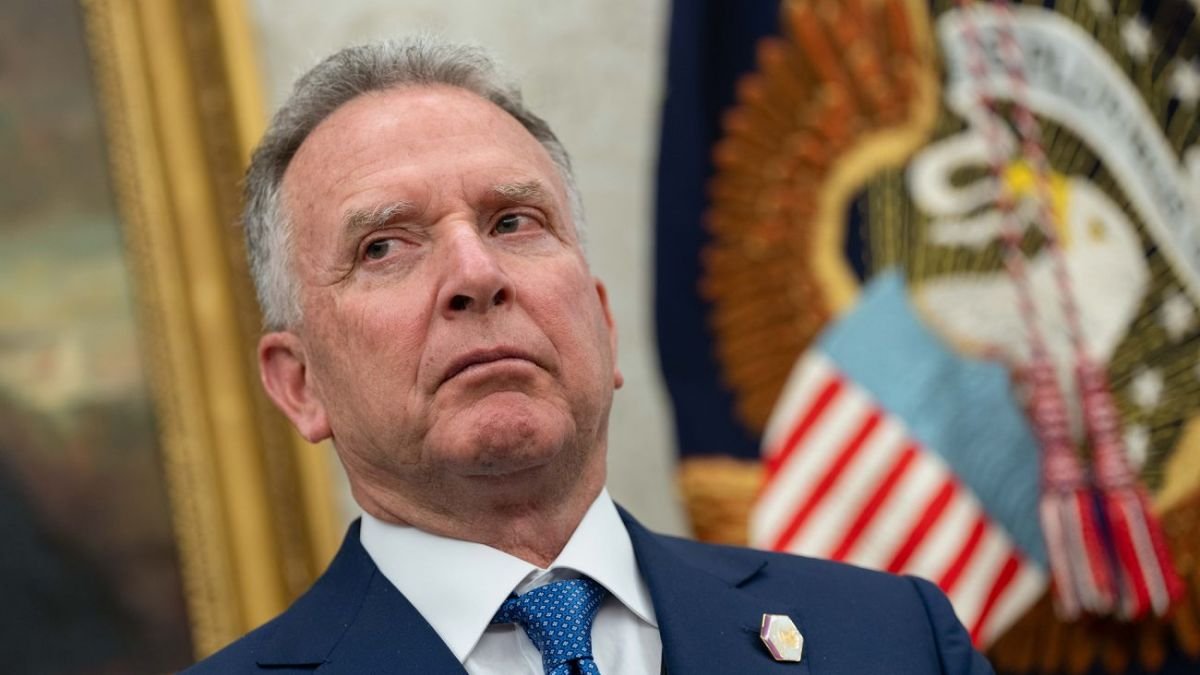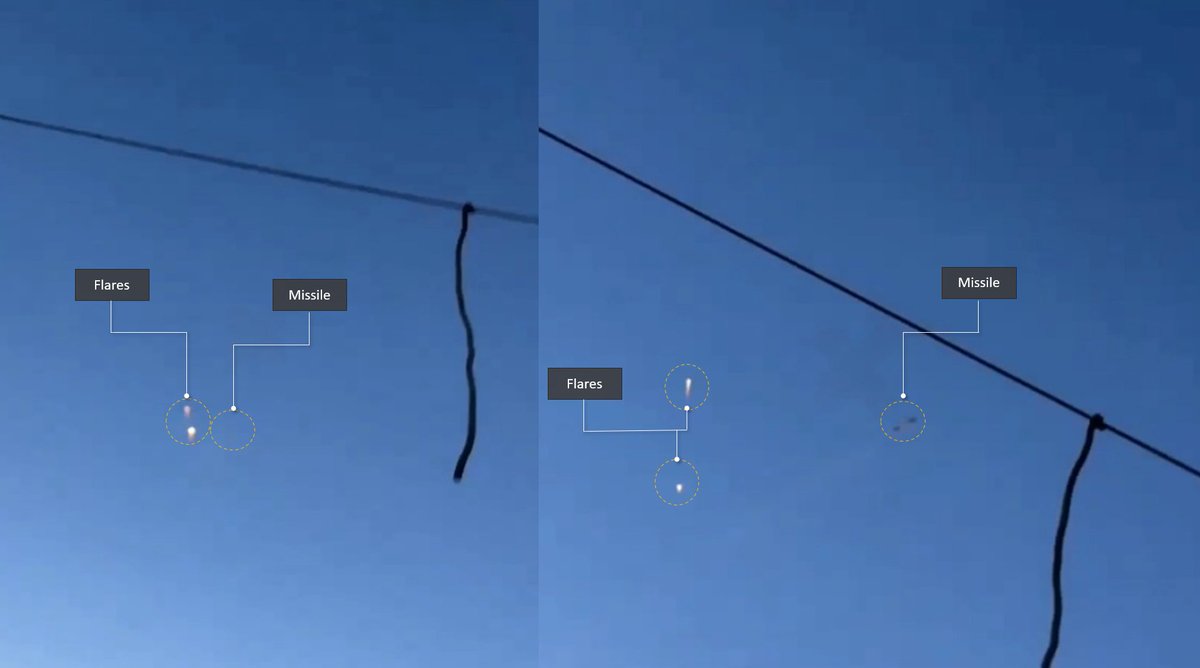Did Russia Suffer a Strategic Defeat? Global Concerns and Security Outlook
In the early days of the war, Russian armored columns, consisting of hundreds of tanks and APCs, broke into peaceful streets, leaving behind a trail of destruction and death. However, these columns often met the fate of being devastated and abandoned within days or even hours. The failure to achieve quick victories through skilled maneuvers led to high casualties and a lack of success in their initial strategic goals. As a result, Russian forces had to rethink their approach, focusing on encirclement and destruction through extensive artillery and aviation strikes.
What I just described wasn't related to Ukraine but rather described events from the Battle of Grozny during the New Year's Eve period of 1994-1995.
Even after Grozny, the capital of Chechnya came under Russian control, the war concluded in 1996 with the signing of the Khasavyurt Accord, granting de facto independence to the Chechen Republic. In three years, the re-armed and reorganized Russian army invaded Chechnya again in 1999. This time, their approach not only led to occupation but also resulted in the installation and promotion of a loyal warlord.
Fast forward two decades, despite the Chechen people gaining global recognition for their fierce resistance, and enduring the suffering of mass executions and torture, some of them, now called Kadyrovites, find themselves involved in actions in Ukraine reminiscent of past Russian aggression against them. Ukrainians from Crimea, Donetsk, and Luhansk oblasts, share a similar fate. In just eight years, new military units, composed of drafted Ukrainians, have emerged, ready to invade their neighbors, relatives, and former friends.
The recently occupied territories by the Russians, including parts of Zaporizhian and Kherson oblasts, will face a similar fate. Following the complete destruction of Mariupol, one of the initial large-scale constructions is a military boarding school for school-aged children - an effort to cultivate a new cadre reserve for the Russian military and law enforcement.
Construction of the military boarding school for kids in Mariupol
As an analyst, maintaining objectivity is important, and situations must be assessed regardless of whether the outcomes fit a particular narrative. Currently, a key question emerges about the possibility of Russia directly invading a NATO country, akin to an invasion of Ukraine. Given that the Russian army has been struggling to capture a Ukrainian town like Avdiivka for several months, it seems unlikely that they can currently manage to seize a city like Warsaw. Therefore, a direct invasion seems improbable. However, this doesn't rule out the possibility of Russian tanks entering NATO territory. But how is it possible?
The alternative could involve a more subtle and pragmatic approach, albeit one that remains bloody. Russians recognize the improbability of defeating NATO in a direct confrontation, primarily due to the strength of the US. Nevertheless, in their strategic perspective, NATO is perceived as a grave threat to their expansionist and revisionist worldview, and they believe this threat must be eliminated.
Instead of relying on direct kinetic power, which could lead to a military confrontation with the US and potential nuclear escalation, Russia is likely to use a combination of approaches, including kinetic power through proxies. One potential scenario involves leveraging ethnic Russians in Latvia, constituting 25% of the population, like the 2014 Donbas strategy, framed as a civil war and separatist movement. This could create ambiguity around the applicability of NATO Article 5, possibly dissuading some countries from active participation and undermining NATO's cohesion, principles, and sense of security.
A similar scenario could be implemented in Lithuania, despite the lower percentage of Russians in the country. Russia might utilize proxy forces, such as Wagner in Belarus, to provoke incidents and indirectly involve two NATO countries. Importantly, Wagner and other Russian proxy forces are not formally part of the Russian military, operating from outside Russian territory. This isn't mere speculation; Russia employed similar tactics in 2014, and it mirrors successful operations by Iran, like the use of Houthis in Yemen to engage with US forces or Hezbollah in Lebanon to engage with Israel. The overarching goal persists – to assess NATO unity without a humiliating defeat in direct confrontation and nuclear exchange. If successful, it would stand as one of the most significant geostrategic achievements that Russia could attain.
These are not the only strategies at Putin's disposal. Both Russia and Belarus are known to exploit immigrants at their borders as a destabilization factor, weaponizing illegal immigration against Europe. This also fuels the rise of far-right political parties, some openly sponsored by Moscow. Russia's goal is not an immediate military defeat of Europe; rather, it aims to install leaders aligned with its interests, akin to Viktor Orban in Hungary, across multiple European countries. This strategy, combined with isolationist forces in the US, seeks to render Europe dysfunctional and impede its collective resistance against Russia.
Putin's dual approach is simple yet effective. On one hand, he showcases the Ukrainian scenario marked by war, suffering, destruction, and death. On the other hand, he offers an "Orban" scenario promising improved oil and gas prices, avoidance of war, enrichment of elites, and populist support for the "anti-globalist" movement. This war has shown the unpleasant reality when despite large GDPs, European military production has languished due to post-Cold War policies. The unpreparedness of the West for a war of attrition is clear, a strategy integral to the Russian military doctrine.
Russians aim to draw technologically superior opponents into protracted conflicts, rendering it economically untenable and eventually forcing negotiations on Russia's terms. A critical question arises: how many citizens of Spain, Portugal, Netherlands, Italy, or Luxembourg are willing to endure hundreds of thousands of killed and crippled when the alternative involves reclaiming inexpensive Russian resources and benefiting from Russian elites who spend money in their countries? Unfortunately, the answer to this question may not be optimistic - Russians have sold the saw which Europe uses to cut the branch it's sitting on in the past.
Ukraine currently serves as a deterrent to further Russian actions in Europe, as the bulk of its resources are concentrated in the ongoing war. Reflecting on the example of Chechnya is crucial; conquered and subdued nations don't merely become economic vassals. They contribute people to the Russian army, where ethnic minorities often face high casualty rates. This pattern, akin to historical instances like Xerxes' Persian army conscripting subjects to conquer Greeks, is not a historical fiction.
If Ukraine were to fall, it could follow the same trajectory—repressions, incorporation, and forced mobilization into the Russian army for future conflicts.
In the event of the United States adopting an isolationist stance, and abandoning allies or partners such as Ukraine, a nation deemed of vital national interest as outlined by President Biden, Russia will exploit this vulnerability. The prospect of using military force to subdue neighbors becomes more viable, especially when considering the potential to replenish human resources with newly occupied territories, as seen in Crimea, Donetsk, and Luhansk.
The potential fall of Ukraine can reassure Putin in pursuing his ambitions to exert influence over Europe. The threat of a Ukrainian-style scenario, coupled with offered economic incentives and the corruption of elites, could be instrumental in subduing smaller neighboring nations. This not only poses a significant risk to the stability of European countries but also has the potential to seriously impact the economic situation in the United States.
Halting Putin's actions in Ukraine is essential to prevent the described scenarios. Russia's military defeat would act as a deterrent to further aggressive plans.
Only continuous supplement of military aid to Ukraine will ensure victory. Without such support, we might find ourselves in a multi-polar world driven by populist rhetoric in revisionist states, just exactly like a century ago.
Merry Christmas



In the early days of the war, Russian armored columns, consisting of hundreds of tanks and APCs, broke into peaceful streets, leaving behind a trail of destruction and death. However, these columns often met the fate of being devastated and abandoned within days or even hours. The failure to achieve quick victories through skilled maneuvers led to high casualties and a lack of success in their initial strategic goals. As a result, Russian forces had to rethink their approach, focusing on encirclement and destruction through extensive artillery and aviation strikes.
What I just described wasn't related to Ukraine but rather described events from the Battle of Grozny during the New Year's Eve period of 1994-1995.
Even after Grozny, the capital of Chechnya came under Russian control, the war concluded in 1996 with the signing of the Khasavyurt Accord, granting de facto independence to the Chechen Republic. In three years, the re-armed and reorganized Russian army invaded Chechnya again in 1999. This time, their approach not only led to occupation but also resulted in the installation and promotion of a loyal warlord.
Fast forward two decades, despite the Chechen people gaining global recognition for their fierce resistance, and enduring the suffering of mass executions and torture, some of them, now called Kadyrovites, find themselves involved in actions in Ukraine reminiscent of past Russian aggression against them. Ukrainians from Crimea, Donetsk, and Luhansk oblasts, share a similar fate. In just eight years, new military units, composed of drafted Ukrainians, have emerged, ready to invade their neighbors, relatives, and former friends.
The recently occupied territories by the Russians, including parts of Zaporizhian and Kherson oblasts, will face a similar fate. Following the complete destruction of Mariupol, one of the initial large-scale constructions is a military boarding school for school-aged children - an effort to cultivate a new cadre reserve for the Russian military and law enforcement.
Construction of the military boarding school for kids in Mariupol
As an analyst, maintaining objectivity is important, and situations must be assessed regardless of whether the outcomes fit a particular narrative. Currently, a key question emerges about the possibility of Russia directly invading a NATO country, akin to an invasion of Ukraine. Given that the Russian army has been struggling to capture a Ukrainian town like Avdiivka for several months, it seems unlikely that they can currently manage to seize a city like Warsaw. Therefore, a direct invasion seems improbable. However, this doesn't rule out the possibility of Russian tanks entering NATO territory. But how is it possible?
The alternative could involve a more subtle and pragmatic approach, albeit one that remains bloody. Russians recognize the improbability of defeating NATO in a direct confrontation, primarily due to the strength of the US. Nevertheless, in their strategic perspective, NATO is perceived as a grave threat to their expansionist and revisionist worldview, and they believe this threat must be eliminated.
Instead of relying on direct kinetic power, which could lead to a military confrontation with the US and potential nuclear escalation, Russia is likely to use a combination of approaches, including kinetic power through proxies. One potential scenario involves leveraging ethnic Russians in Latvia, constituting 25% of the population, like the 2014 Donbas strategy, framed as a civil war and separatist movement. This could create ambiguity around the applicability of NATO Article 5, possibly dissuading some countries from active participation and undermining NATO's cohesion, principles, and sense of security.
A similar scenario could be implemented in Lithuania, despite the lower percentage of Russians in the country. Russia might utilize proxy forces, such as Wagner in Belarus, to provoke incidents and indirectly involve two NATO countries. Importantly, Wagner and other Russian proxy forces are not formally part of the Russian military, operating from outside Russian territory. This isn't mere speculation; Russia employed similar tactics in 2014, and it mirrors successful operations by Iran, like the use of Houthis in Yemen to engage with US forces or Hezbollah in Lebanon to engage with Israel. The overarching goal persists – to assess NATO unity without a humiliating defeat in direct confrontation and nuclear exchange. If successful, it would stand as one of the most significant geostrategic achievements that Russia could attain.
These are not the only strategies at Putin's disposal. Both Russia and Belarus are known to exploit immigrants at their borders as a destabilization factor, weaponizing illegal immigration against Europe. This also fuels the rise of far-right political parties, some openly sponsored by Moscow. Russia's goal is not an immediate military defeat of Europe; rather, it aims to install leaders aligned with its interests, akin to Viktor Orban in Hungary, across multiple European countries. This strategy, combined with isolationist forces in the US, seeks to render Europe dysfunctional and impede its collective resistance against Russia.
Putin's dual approach is simple yet effective. On one hand, he showcases the Ukrainian scenario marked by war, suffering, destruction, and death. On the other hand, he offers an "Orban" scenario promising improved oil and gas prices, avoidance of war, enrichment of elites, and populist support for the "anti-globalist" movement. This war has shown the unpleasant reality when despite large GDPs, European military production has languished due to post-Cold War policies. The unpreparedness of the West for a war of attrition is clear, a strategy integral to the Russian military doctrine.
Russians aim to draw technologically superior opponents into protracted conflicts, rendering it economically untenable and eventually forcing negotiations on Russia's terms. A critical question arises: how many citizens of Spain, Portugal, Netherlands, Italy, or Luxembourg are willing to endure hundreds of thousands of killed and crippled when the alternative involves reclaiming inexpensive Russian resources and benefiting from Russian elites who spend money in their countries? Unfortunately, the answer to this question may not be optimistic - Russians have sold the saw which Europe uses to cut the branch it's sitting on in the past.
Ukraine currently serves as a deterrent to further Russian actions in Europe, as the bulk of its resources are concentrated in the ongoing war. Reflecting on the example of Chechnya is crucial; conquered and subdued nations don't merely become economic vassals. They contribute people to the Russian army, where ethnic minorities often face high casualty rates. This pattern, akin to historical instances like Xerxes' Persian army conscripting subjects to conquer Greeks, is not a historical fiction.
If Ukraine were to fall, it could follow the same trajectory—repressions, incorporation, and forced mobilization into the Russian army for future conflicts.
In the event of the United States adopting an isolationist stance, and abandoning allies or partners such as Ukraine, a nation deemed of vital national interest as outlined by President Biden, Russia will exploit this vulnerability. The prospect of using military force to subdue neighbors becomes more viable, especially when considering the potential to replenish human resources with newly occupied territories, as seen in Crimea, Donetsk, and Luhansk.
The potential fall of Ukraine can reassure Putin in pursuing his ambitions to exert influence over Europe. The threat of a Ukrainian-style scenario, coupled with offered economic incentives and the corruption of elites, could be instrumental in subduing smaller neighboring nations. This not only poses a significant risk to the stability of European countries but also has the potential to seriously impact the economic situation in the United States.
Halting Putin's actions in Ukraine is essential to prevent the described scenarios. Russia's military defeat would act as a deterrent to further aggressive plans.
Only continuous supplement of military aid to Ukraine will ensure victory. Without such support, we might find ourselves in a multi-polar world driven by populist rhetoric in revisionist states, just exactly like a century ago.
Merry Christmas
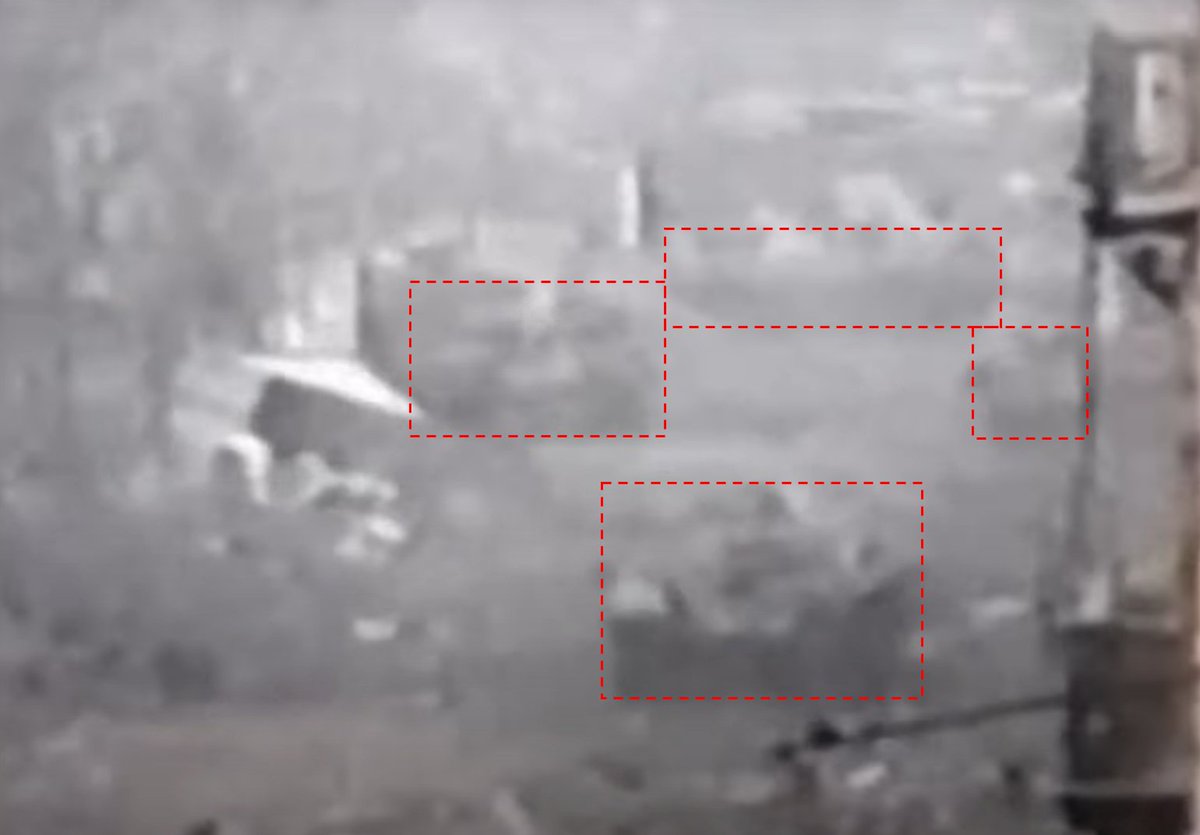

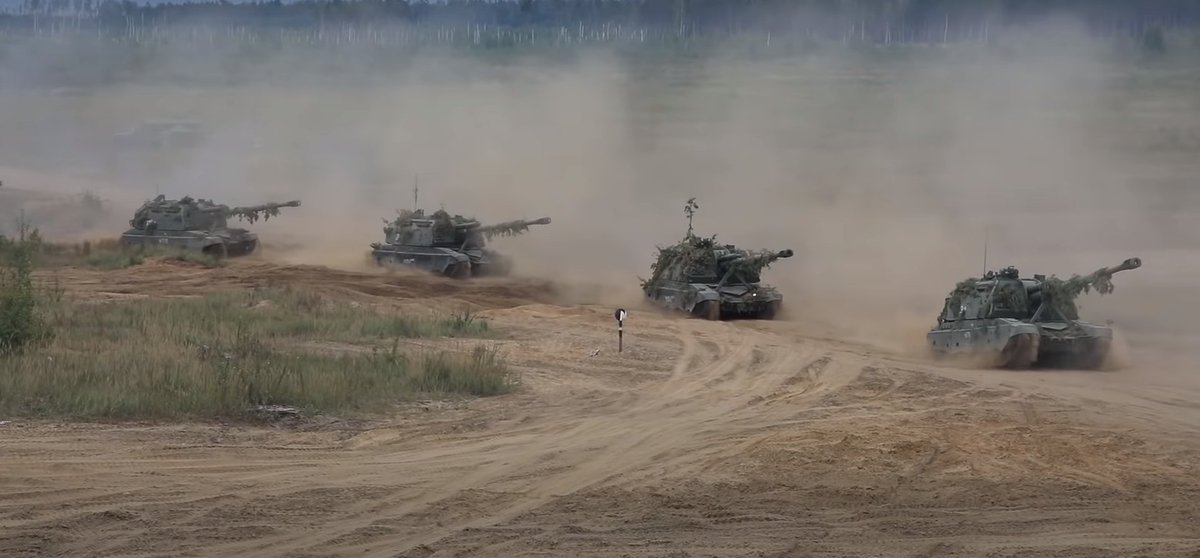

• • •
Missing some Tweet in this thread? You can try to
force a refresh





